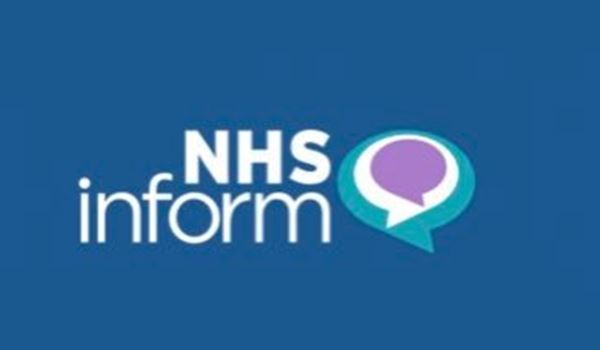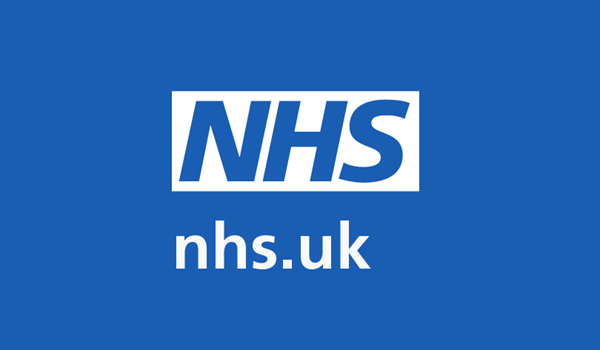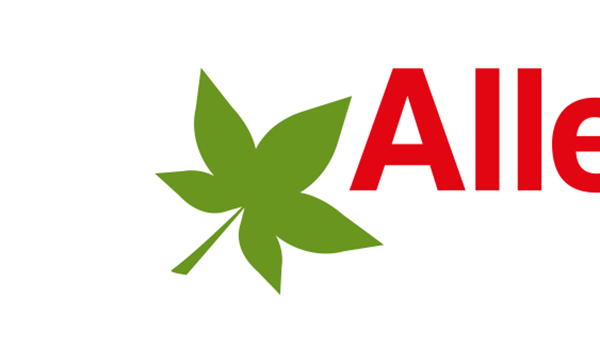Skin Rashes in Children
Many babies and children have rashes. Most of the time, they are not worrisome. However, if you are worried about your child, make an appointment to get it seen.
This page will show you some common rashes, worrying rashes, and whether your child will need to be excluded from school.
What to expect in your appointment
If you are worried about your child's rash, do book an appointment to see one of our doctors.
During the appointment, your doctor may ask about the following:
- When did the rash start?
- Where did it start and has it spread?
- Is the rash itchy?
- Is there anything that improves it or makes it worse?
- Has your child had a rash like this before?
- Does your child have any other symptoms?
They will then examine the rash. This may require undressing to their underwear to examine fully.
Your doctor will then speak to you about the treatment options. This may include booking a repeat appointment, creams, pills, or referrals.
Common Rashes
Chickenpox
Chickenpox is a highly contagious viral infection. Children typically have a high fever and a blistering rash that begins in the stomach and then spreads all over the body. These blisters will eventually crust over.
Typically, no treatment is necessary. You may wish to give your child paracetamol, a warm bath, and trim their nails.
Children must be excluded from school until all the blisters have crusted over as chickenpox is very contagious. This usually takes 5-10 days.
Hand, Foot and Mouth Disease
Hand, Foot and Mouth Disease is a very common self-limiting viral infection. It causes blisters on the hands, feet, and mouth (both inside and outside). Typically, children under 5 are affected.
Treatment is usually symptomatic - you can give your child paracetamol and sips of water.
There is no need to exclude your child from school if they are well enough to attend.
Hives
Hives (also called itchy weals or urticaria) is an allergic reaction. A weal looks like a red skin swelling. It is very itchy. Hives may co-exist with airway swelling.
The main treatment is an antihistamine. Your child should also avoid the trigger. Your doctor may refer you to skin allergy testing.
School exclusion is not required.
Impetigo
A common, highly contagious bacterial infection, impetigo causes a honey-coloured crusted erosion as well as pustules.
Your doctor will prescribe topical or oral antibiotics to treat impetigo. You should also regularly clean the crusts and cover the area with watertight dressing to prevent spreading.
School exclusion is necessary until lesions are crusted over or antibiotics have been given for 48 hours.
Molluscum contagiosum
Molluscum contagiosum is a characteristic papule with a centre dimple. They are caused by a viral infection.
Usually, molluscum contagiosum resolves by itself without requiring treatment. However, you should ensure your child does not share towels and clothing with others.
Your child does not need to be excluded from school if they have this condition.
Slapped Cheek Syndrome
Slapped cheek syndrome (also cllaed erythema infectiosum) is an infection causing a slapped cheek appearance and a rash. Your child may also experience a mild fever and headache.
Treatment is generally supportive. You may wish to give your child an ice pack.
School exclusion is not needed.
Ringworm
Ringworm, also called tinea corporis, is a superficial fungal infection. It has a characteristic ring-shaped lesion.
Localised ringworm may be treated with antifungal, whereas extensive or ringworm afected the scalp is treated with oral antifungal.
There is no need to exclude your child from school.
Worrying Rashes
Scarlet Fever
Scarlet fever is caused by bacteria and erupts after a recent sore throat or impetigo. It has a distinctive appearance: tiny pink-red sandpaper-like spots that covers the whole body. Your child may also experience a fever, sore throat, headache, and a red tongue.
Your child will require antibiotics. It is very important that they complete the full course.
School exclusion is required - they can return to school 24 hours after starting treatment.
Rubella
Rubella (German measles) is caused by a virus. It is characterised by a rash, a fever, and swollen glands.
There is no treatment for rubella. You may wish to give your child paracetamol.
Rubella can be prevented by the MMR vaccine. Studies have shown that the vaccine is very effective.
It is very infectious - your child must be excluded from school until 6 days from onset of rash.
Measles
Measles is a viral infection that causes a fever and a rash that is flat and red. There is also white spots inside the mouth.
There is no treatment for measles. It is therefore very important to vaccinate your child - measles can be prevented by the MMR vaccine. Studies have shown that the vaccine is very effective.
You child must be excluded from school until 4 days after the onset of the rash.
Meningcoccal disease
Meningcoccal disease is a life threatening bacteria infection. The infection can spread to the brain or the blood. The rash caused is red and do not disappear when you press onto the skin. Other symptoms include neck stiffness, nausea, fever, increase sensitivity to light, and confusion.
It is very important to get your child seen by a doctor - you should bring your child immediately to A&E. Treatment includes intensive antibiotics.
Psoriasis
Psoriasis is an autoimmune condition with scaly, itchy skin. Please see our page on Psoriasis for more information.
Does my child need to be excluded from school?
| Condition that require exclusion | Exclusion criteria |
| Chickenpox | Exclude from onset of rash until all lesions have crusted over. This may take 5-10 days. |
| Measles | 4 days from onset of rash |
| Rubella (German measeles) | 6 days from onset of rash |
| Scarlet fever | Can return to school 24 hours after starting treatment |
| Impetigo | Until lesions are crusted over or 48 hours after starting treatment |
| Scabies | Until treated fully |
Conditions that do not require exclusion:
- Hand, foot and mouth disease
- Head lice
- Molluscum contagiosum
- Slapped cheek disease
- Ringworm
- Warts
- Varrucae
Page created: 04 September 2020



